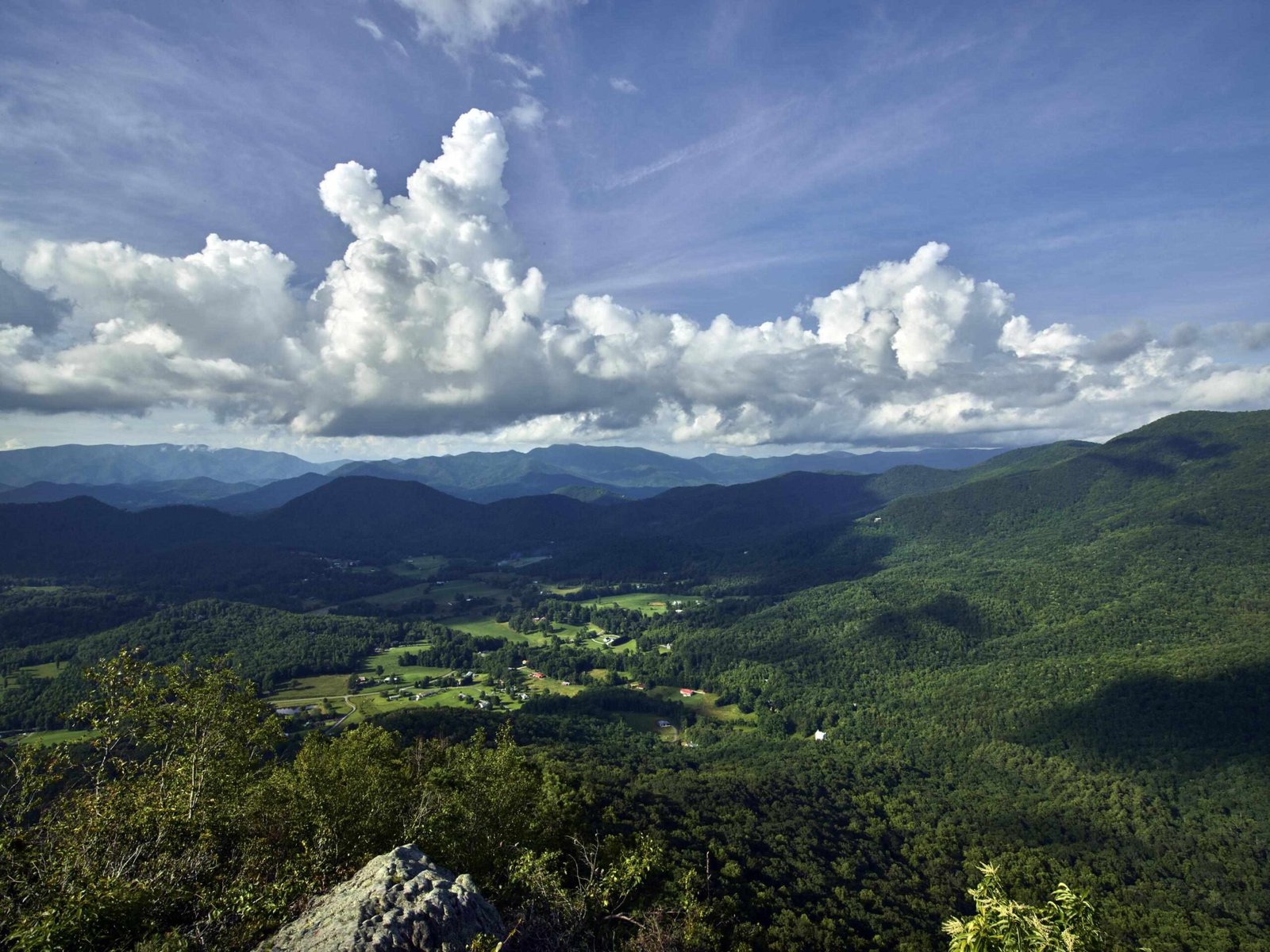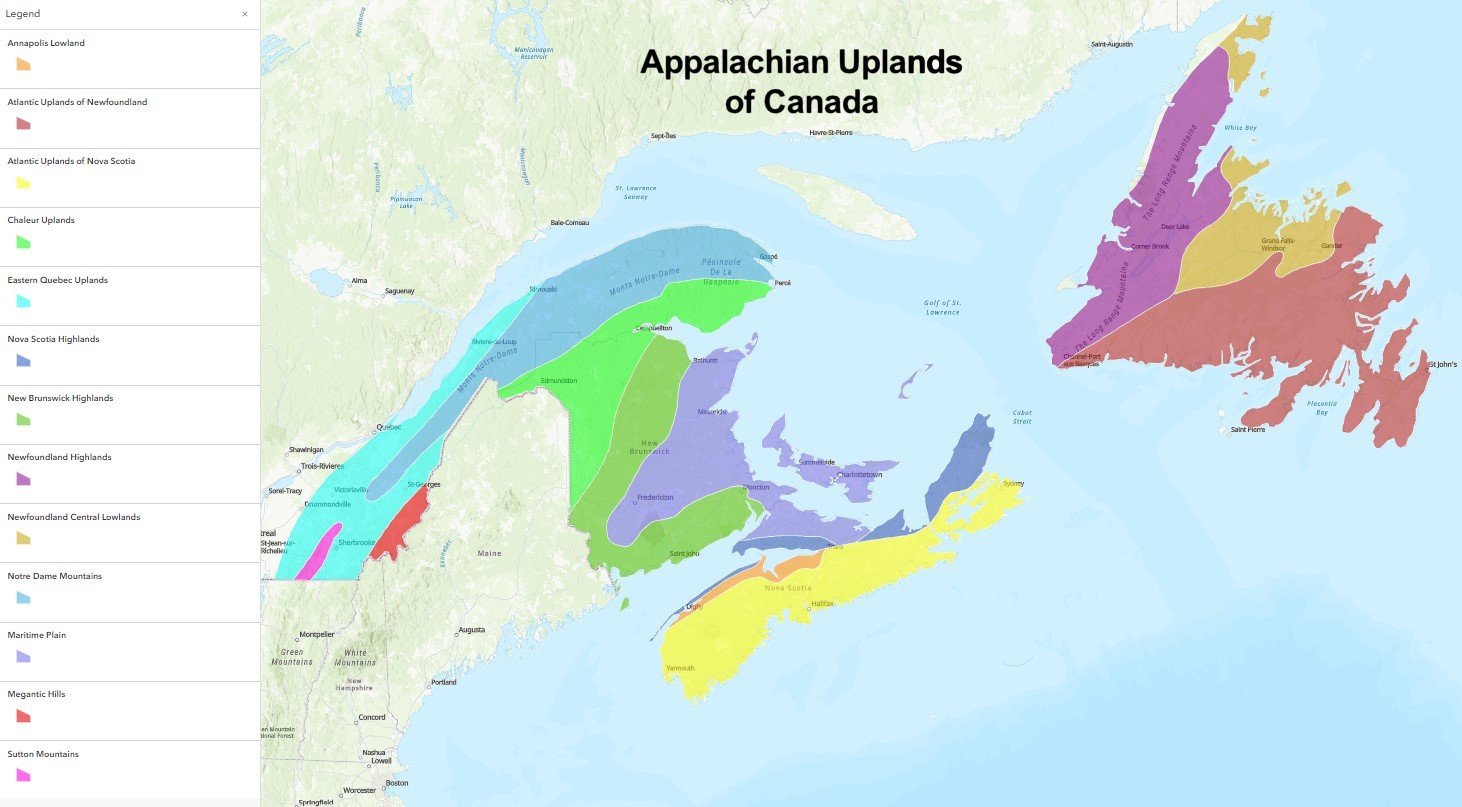Virginia’s lost Appalachian Trail represents a fascinating chapter in hiking history, where a 300-mile section traversing the great escarpment, Dan River Gorge, and Iron Mountain Range was dramatically rerouted in 1952, erasing a significant portion of the trail’s original path and transforming the hiking experience for generations of outdoor enthusiasts.
What Makes Virginia’s Lost Appalachian Trail Unique?

The lost Appalachian Trail in Virginia is more than just a forgotten path—it’s a testament to the evolving nature of wilderness exploration and trail development. Between 1931 and 1952, hikers experienced a remarkable route that offered unparalleled views and challenging terrain, now preserved only in historical records and memories.
Who Mapped the Original Trail?
In 1931, local enthusiasts Shirley Cole and Roy Ozmer played crucial roles in plotting the southwestern Virginia section. Their efforts were significant, though ultimately overshadowed by Myron Avery’s leadership in the Appalachian Trail Conference.
Key Landmarks of the Lost Trail

| Landmark | Historical Significance | Current Status |
|---|---|---|
| Pinnacles of Dan | Unique rock formations | No longer on AT route |
| Fisher’s Peak | Panoramic Piedmont views | Accessible separately |
| New River Crossing | Iconic Redbud boat passage | River remains accessible |
What Challenges Did Hikers Face?
The original trail presented multiple challenges:
– Rugged mountainous terrain
– Unpredictable river crossings
– Limited navigation resources
– Minimal infrastructure compared to modern trails
Why Was the Trail Rerouted?
The 1952 rerouting represented the most significant change in Appalachian Trail history. Several factors contributed:
– Changing land ownership
– Improved trail engineering
– Strategic repositioning for accessibility
– Conservation and land management considerations
How Can Hikers Explore the Lost Trail Today?
While the original route is no longer continuous, adventurers can:
– Study historical maps
– Visit preserved sections
– Join historical hiking tours
– Research local historical societies
Preservation and Memory
Although the trail has changed, its legacy remains vibrant. Local historians, hiking enthusiasts, and the Appalachian Trail Conservancy continue to document and celebrate this remarkable piece of hiking heritage.
Recommended Resources for Further Exploration
- Mills Kelly’s book “Virginia’s Lost Appalachian Trail”
- Appalachian Trail Museum archives
- Local historical society collections
- Vintage trail maps and documentations
Trail Statistics and Interesting Facts
- Original Trail Length: Approximately 300 miles
- Reroute Year: 1952
- Primary Reroute Distance: Over 50 miles westward
- Key Architects: Shirley Cole, Roy Ozmer, Myron Avery
Hiking Recommendations
For those interested in experiencing remnants of the lost trail:
1. Research historical routes
2. Connect with local hiking groups
3. Explore preserved sections
4. Document your own journey
Conclusion
Virginia’s lost Appalachian Trail represents more than a geographical shift—it’s a narrative of exploration, adaptation, and the continuous evolution of wilderness experiences.
Reference:
– Appalachian Trail Conservancy
– Virginia Hiking Resources
– Historical Trail Maps Collection

